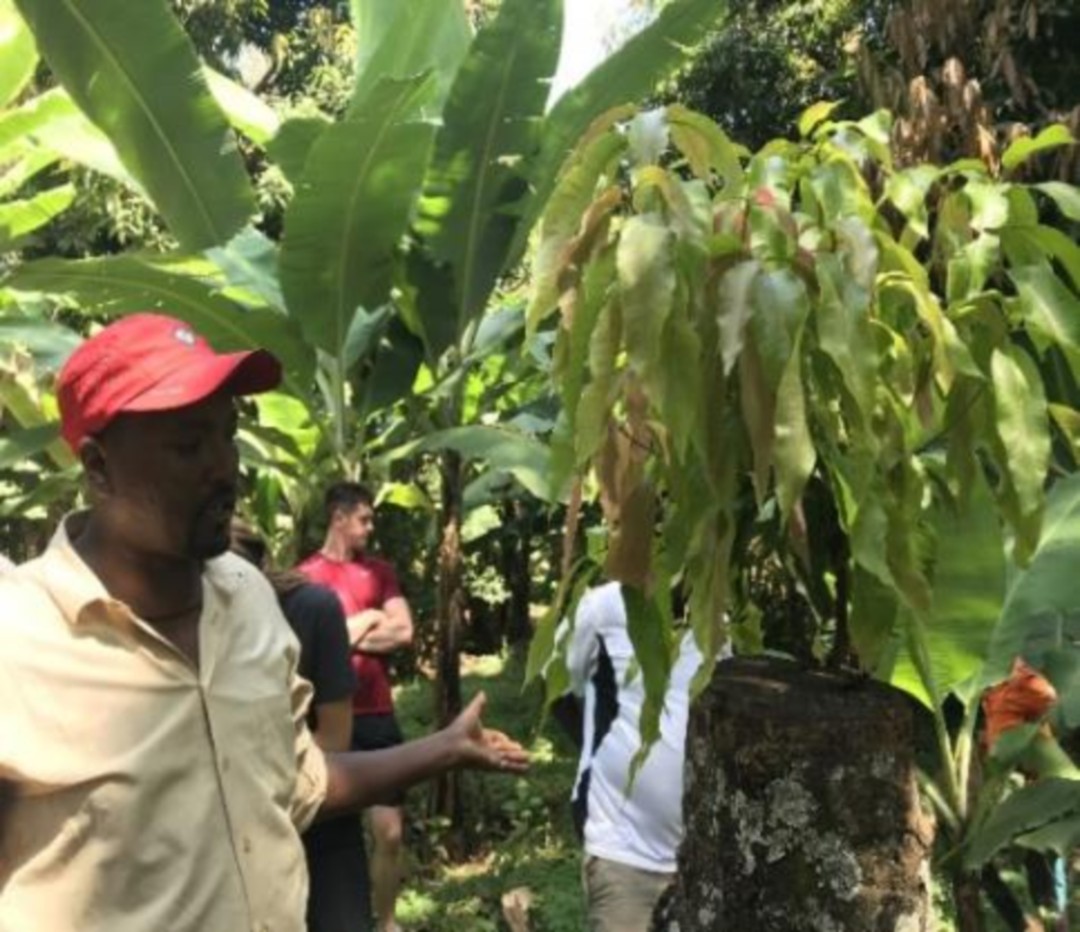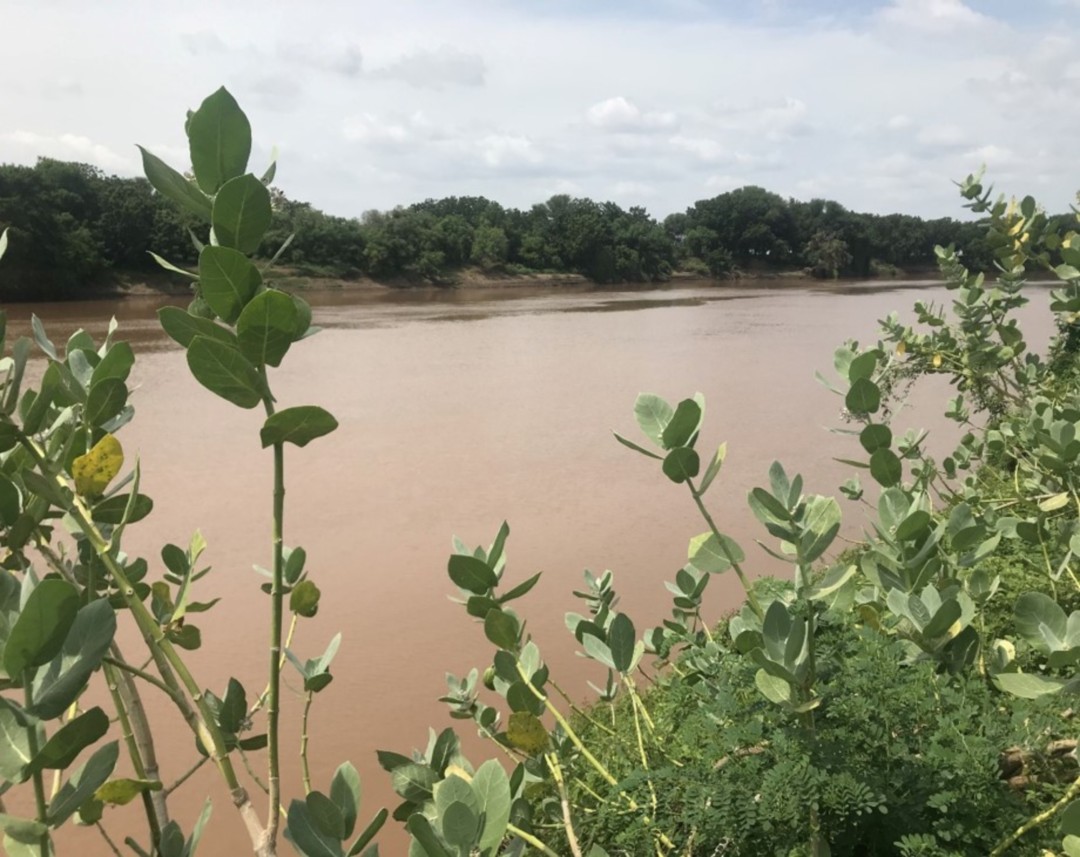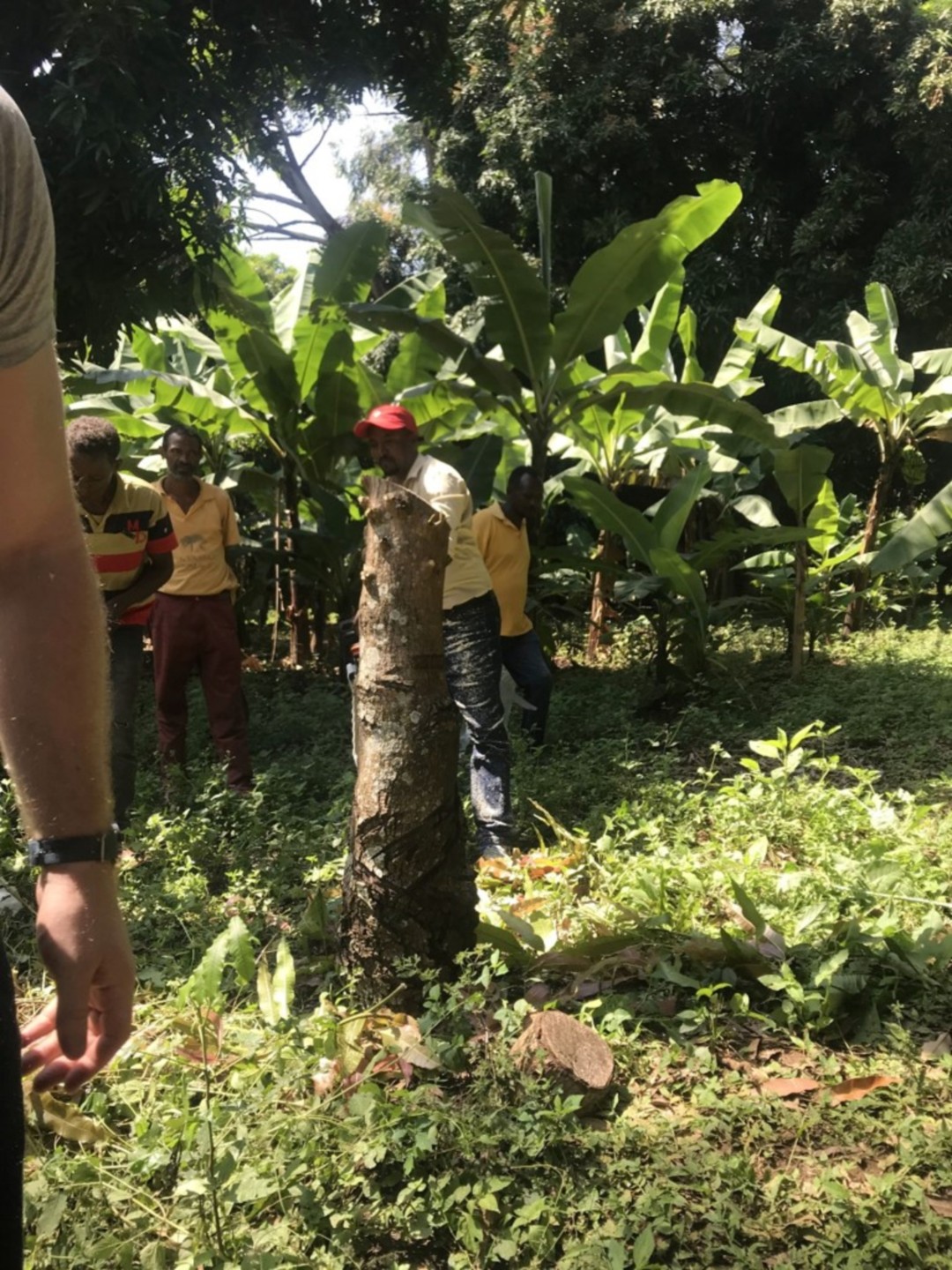Forest restoration and sustainable livelihoods
The project was initiated to address the intertwined challenges of deforestation, environmental degradation, and livelihood insecurity in rural Ethiopia. Implemented over three years, it aimed to restore 231 acres of degraded forest land and improve the socio-economic well-being of 1,000 individuals. Over the course of three years, the project made impressive strides in restoring degraded landscapes, building resilient livelihoods, and empowering communities through training, enterprise, and environmental stewardship. Despite initial logistical challenges, implementation remained community-led and results-oriented. Agroforestry activities were implemented progressively, with 201 households receiving training and support for integrating fruit-bearing trees into existing farming systems. A youth cooperative enterprise involving 12 members was established for beekeeping, and a community nursery cooperative with over 30 members was set up for nursery development and youth training. Soil and water conservation activities included the construction of soil bunds, stone-faced soil bunds, micro basins, and grass strips. In 2023, VITA introduced an innovative results-based payment scheme, providing direct income to farmers based on tree survival rates across communal and private woodlots. By the end of the project 28,000 trees were successfully planted and growing. Overall, the project has delivered significant impact in terms of environmental restoration, livelihood improvement, and community empowerment, with clear potential for scale and replication.
Founded in 1989, VITA is an Irish International Development NGO. Its mission is to tackle household food insecurity and build climate-smart sustainable livelihoods through community-led projects
News
Three new projects approved in December 2021
5 January 2022
The Addax and Oryx Foundation granted funding for three new projects at its December 2021 Board meeting.Restoring Degraded Forests in Ethiopia
3 February 2025
The Vita Forestry Initiative, funded by Addax and Oryx, in the Gamo Zone, Ethiopia has made significant strides in restoring degraded forests and promoting sustainable rural livelihoods in Southern Ethiopia. (click on the photo to read more)Forest Restoration Project Yields Promising Results
3 July 2025
In a bid to combat deforestation and improve livelihoods in rural Ethiopia, the three-year project has successfully restored 231 acres of degraded forest land and positively impacted the lives of 1,000 individuals. The initiative, which focused on agroforestry, soil and water conservation, and community empowerment, saw significant achievements despite initial logistical challenges. (click on the photo to read more)Type
Community Development / EnvironmentDuration
January 2022 – December 2024Location
Lake Chamo and Lake Abaya / EthiopiaWith whom
VITA
Website



Ethiopia
Population
105 million (2017)
Per Capita Income
USD 740/year (2017)
Poverty rate *
23% (2015)
Literacy rate
39% (2016)
Human Development Index
173rd out of 189 countries (2018)
Ethiopia is the second most populated country in Sub–Saharan Africa and one of the world’s poorest countries. Although economic growth is hindered by chronic food insecurity, it has enabled positive trends in reducing poverty, in both urban and rural areas. The absolute poverty rate dropped from 46% in 1995 to 8.7% 2016. Over the past 20 years, primary school enrolment has quadrupled, child mortality has been halved and access to clean water has doubled. Good progress has also been made in the fight against malaria and HIV/AIDS. The country is home to the largest refugee population on the continent (730,000 registered refugees), putting additional pressure on natural resources suffering from climate-related shocks.
Sources: World Food Program, UNICEF, World Bank, 2016 Human Development Report, Human Development Indices and Indicators (2018 Statistical Update)
*The percentage of the population living below the national poverty line.